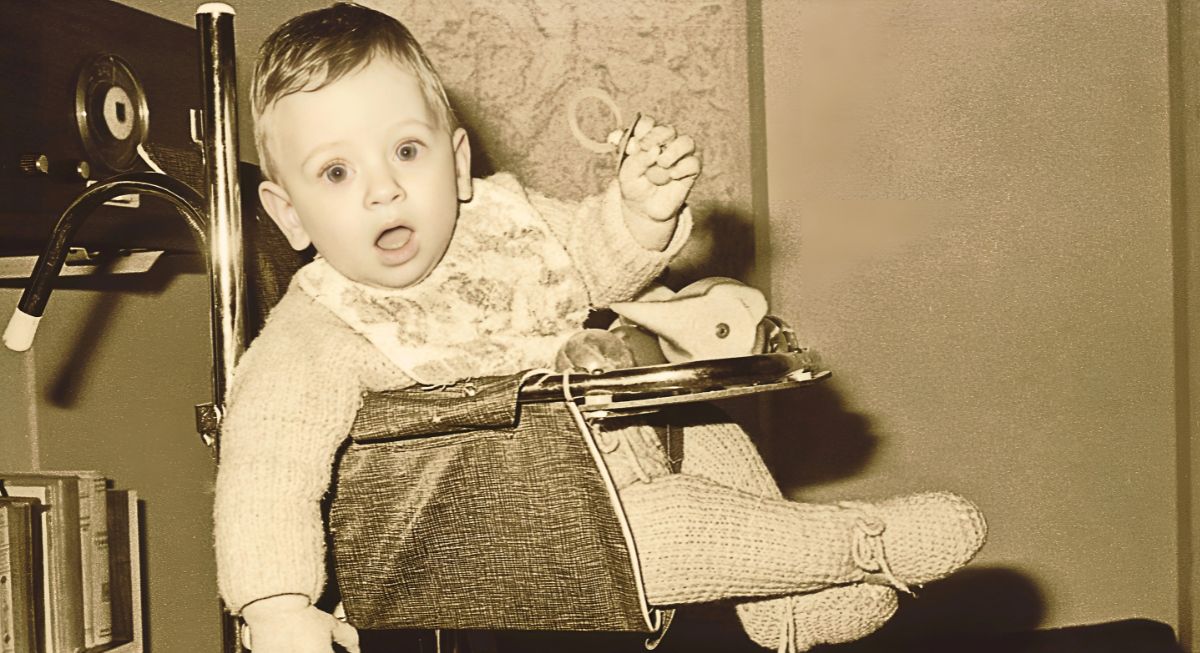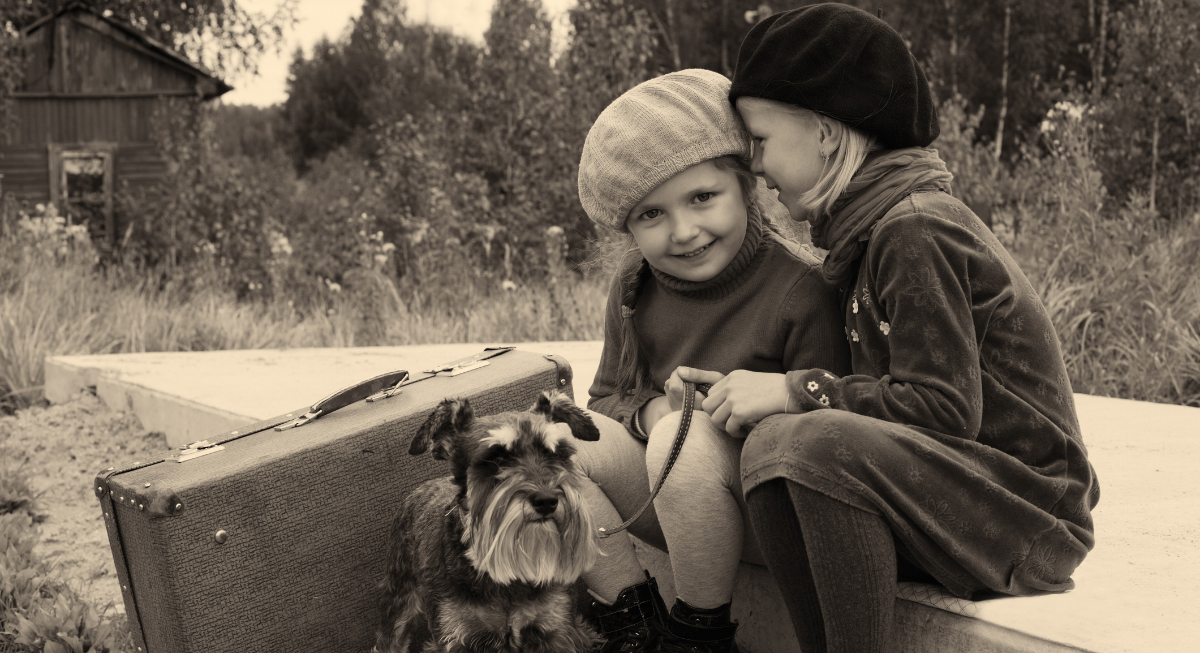Did you know that in the 1960s, some baby bottle warmers were lined with lead? Yikes! Thankfully, those days are long gone. Today, stringent regulations and a laser focus on safety govern every aspect of baby product development. But back in the groovy (and sometimes questionable) era of the 1960s, things were a bit… wilder. You'll be amazed (and maybe a little horrified) as we uncover practices that would make modern pediatricians do a double-take and products so bizarre they'll leave you wondering how babies even survived!
Crib Bumpers
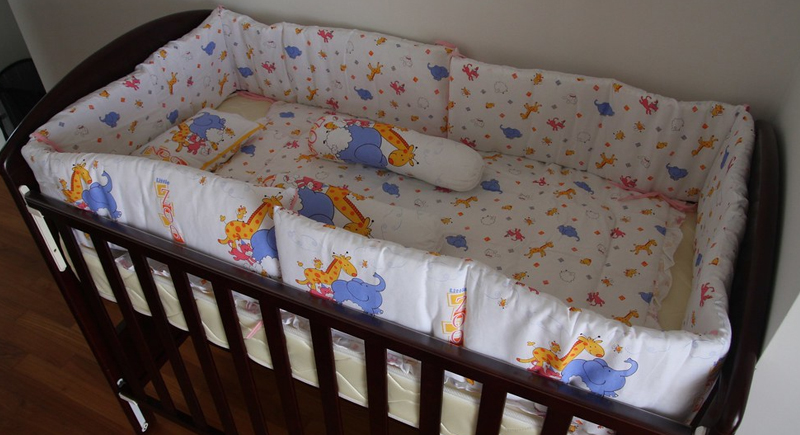
Credit: flickr
Crib bumpers were once a staple in nurseries, promising to cushion little ones from bumps and bruises. However, modern research reveals a dark side. These plush pads can actually increase the risk of Sudden Infant Death Syndrome (SIDS) and suffocation by restricting airflow or creating a rebreathing risk. Today, pediatricians recommend keeping cribs bare except for a firm mattress and a fitted sheet.
Infant Restraints
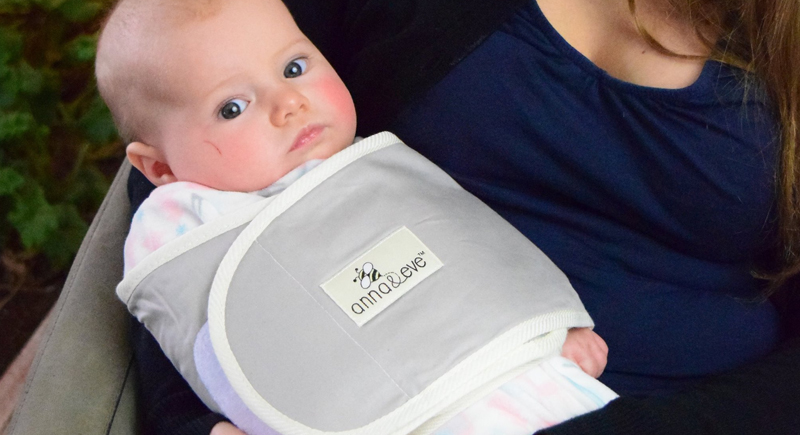
Credit: Facebook
Products like Swaddle Straps and Jolly Jumpers promise to keep infants safe and entertained. Swaddle Straps tightly bound babies, mimicking the feeling of the womb, while Jolly Jumpers suspended them in a harness, allowing them to bounce. While these seem calming, they can hinder a baby's natural development by restricting movement and limiting their ability to explore their surroundings. Modern pediatricians emphasize the importance of allowing babies plenty of unrestricted movement for healthy muscle and brain development.
Alcohol-Based Baby Wipes
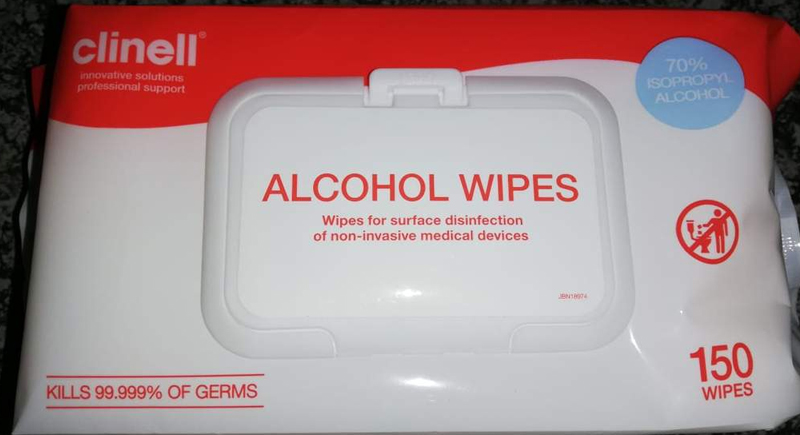
Credit: Facebook
Imagine wiping your baby's delicate skin with a product containing alcohol! That was the reality for many parents in the 1960s. These wipes were marketed for their cleaning power, but the harsh chemicals could irritate a baby's skin and disrupt its natural moisture barrier. Thankfully, today's baby wipes are formulated to be gentle and alcohol-free, prioritizing the comfort and health of a baby's sensitive skin.
Baby Sunscreens (Without Proper SPF)
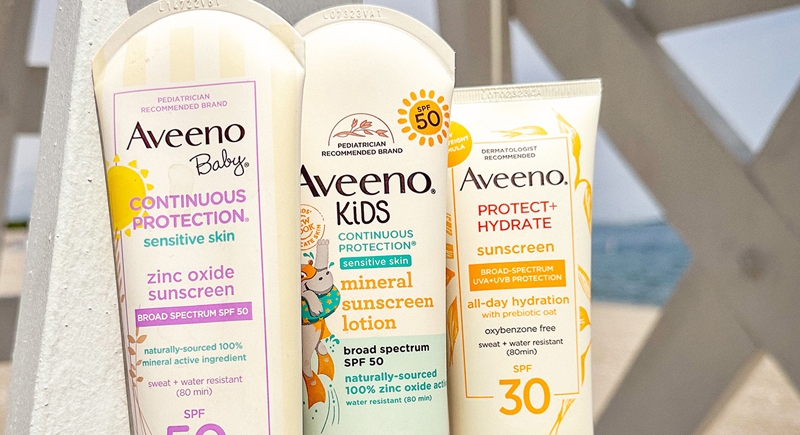
Credit: Facebook
Sun protection for little ones wasn't a top priority in the 1960s. Sunscreens with high SPF ratings were uncommon, and parents relied on hats and the shade for sun protection. However, this left babies vulnerable to sunburn and its damaging effects on delicate skin. Today, sunscreen with SPF 30 or higher is essential for protecting babies from harmful UV rays.
Teething Syrups with Opioids
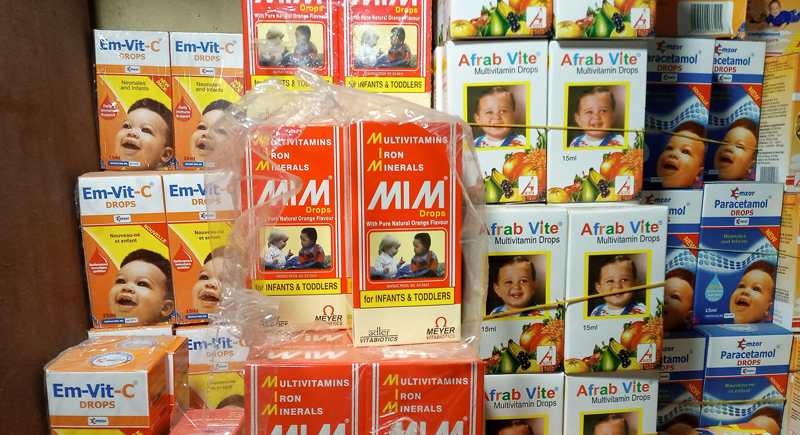
Credit: Wikimedia Commons
Teething is an uncomfortable experience for babies, and parents in the 1960s sought various remedies. Some syrups contained codeine or other opioids to numb the pain. While seemingly effective, these syrups posed a serious danger of addiction and overdose for infants. Thankfully, modern parents can access safer and more effective teething solutions like rings and natural pain relievers.
Englemann Underwraps
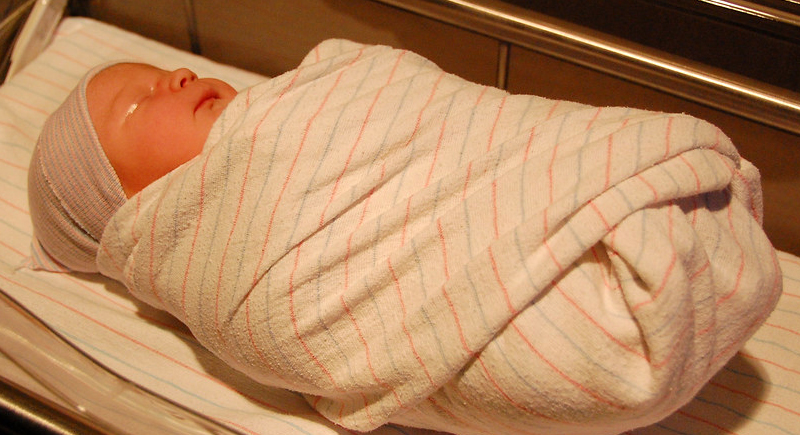
Credit: flickr
These tight-fitting swaddling garments were believed to promote better sleep and posture for babies. However, the constricting nature of Englemann Underwraps could restrict movement and hinder proper hip development. Modern pediatricians recommend swaddling babies loosely with a light blanket to allow for natural movement and healthy hip development.
Radio and Television Sleep Machines

Credit: Youtube
While white noise machines are a common tool for promoting sleep in babies today, the approach in the 1960s was a bit unorthodox. Some parents used actual radios or televisions set to low volume as background noise. While the steady hum might have soothed some babies, the potential for exposure to inappropriate content or loud noises makes this a risky practice. Modern sleep machines offer safe and reliable white noise options specifically designed for calming babies.
Baby Gyms with Dangling Toys
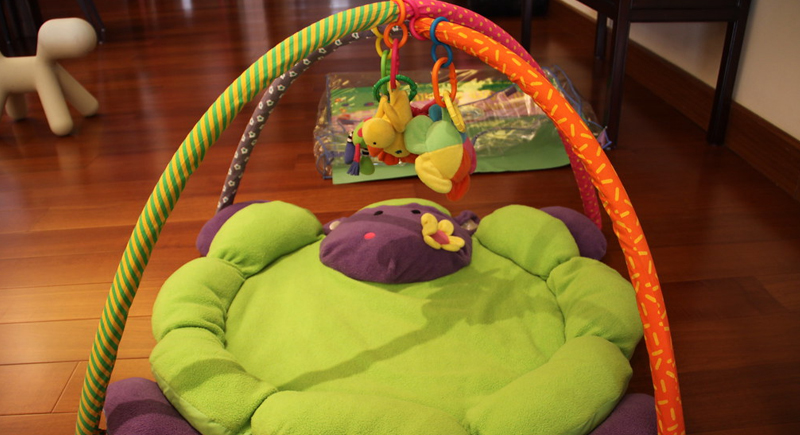
Credit: flickr
Mobile baby gyms are a staple in many nurseries today, providing entertainment and visual stimulation. However, some baby gyms in the 1960s might have featured dangling toys with small parts or sharp edges. These posed a choking hazard for curious babies who could reach and put these small objects in their mouths. Modern baby gyms are designed with safety in mind, featuring larger, securely attached toys appropriate for a baby's grasping abilities.
Plastic Crib Mattresses
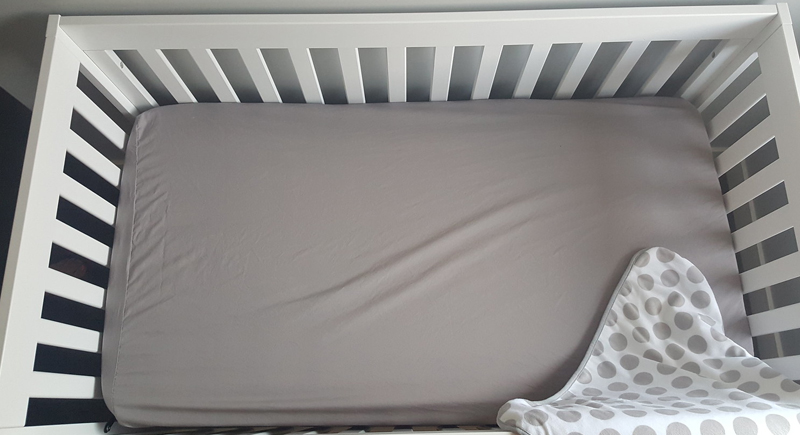
Credit: flickr
Imagine a firm, unyielding plastic surface as a baby's sleeping platform. That was the reality for many cribs in the 1960s. These plastic mattresses offered little comfort or breathability, potentially contributing to restless nights for babies. Today's crib mattresses are made with breathable and supportive materials, prioritizing a baby's comfort and healthy sleep patterns.
Lead-lined Bottle Warmers
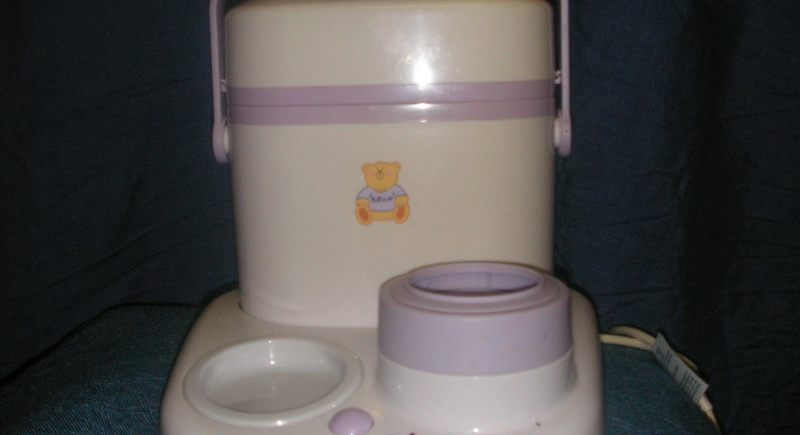
Credit: flickr
The convenience of bottle warmers was a welcome invention for parents in the 1960s. However, some early models used lead insulation to retain heat. This poses a serious health risk, as lead exposure can cause developmental delays and other health problems in babies. Thankfully, lead-based materials are strictly prohibited in modern baby products, and bottle warmers use safer heating methods.
Baby Powder
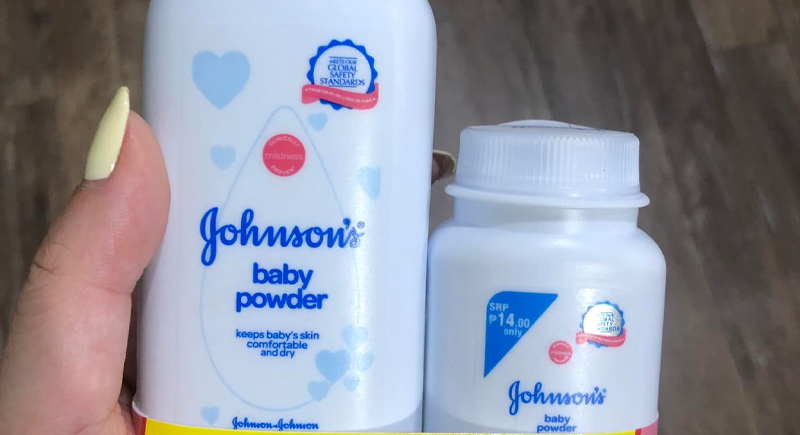
Credit: Facebook
With its soft scent and silky texture, baby powder was a popular choice for keeping babies dry and comfortable. Talcum powder, a key ingredient in many brands, was considered harmless. However, studies have linked talc to respiratory problems and even cancer. While some argue for cornstarch-based alternatives, most parents today opt for fragrance-free lotions or simply letting their baby's skin breathe naturally.
Baby Shampoo with Harsh Chemicals
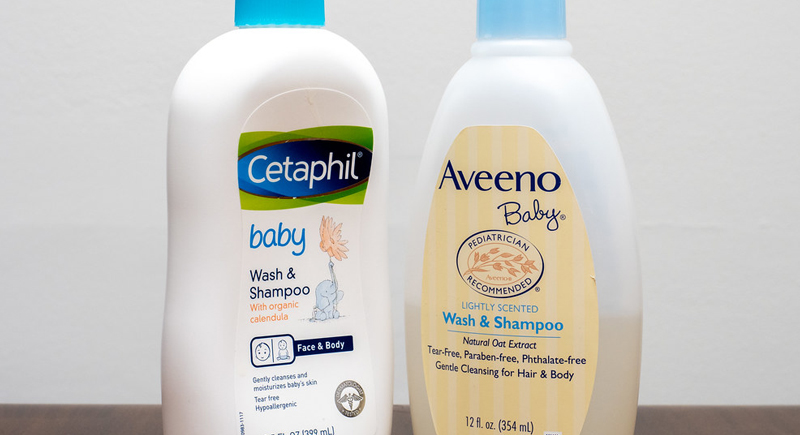
Credit: flickr
Bathtime should be a gentle and relaxing experience for babies. However, baby shampoos in the 1960s often contained harsh detergents that could irritate a baby's delicate scalp and eyes, leading to tears and discomfort. Modern baby shampoos are formulated with tear-free, gentle ingredients that prioritize the comfort and well-being of a baby's sensitive skin and eyes.
Elevated Sleeping Positions
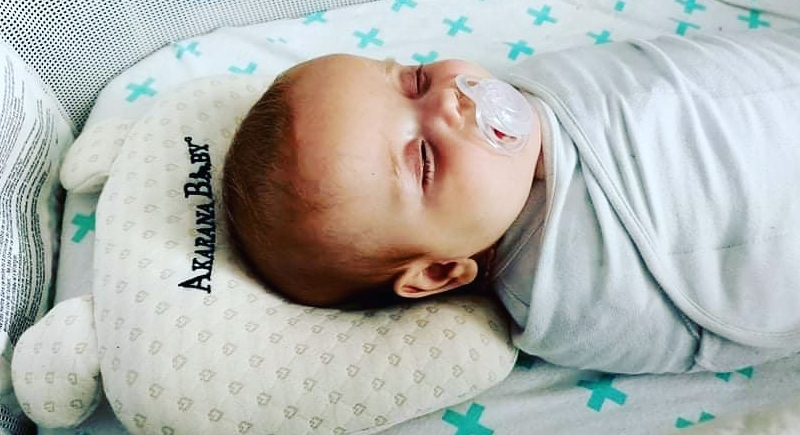
Credit: Facebook
Propping babies on pillows or wedges to elevate their heads while sleeping was common in the 1960s. The belief was that this could help prevent congestion or reflux. However, this seemingly simple act can have serious consequences. Elevating a baby's head can increase the risk of suffocation by blocking their airway or causing them to rebreathe exhaled carbon dioxide. Today, pediatricians recommend placing babies flat on their backs on a firm mattress for the safest sleep position.
Baby Walkers
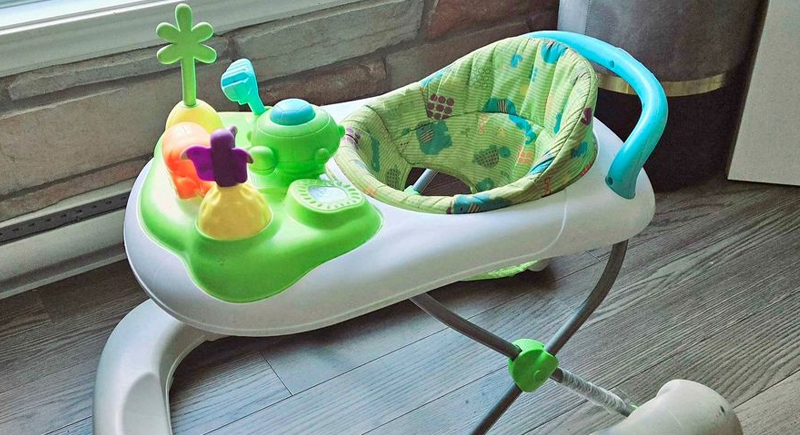
Credit: Facebook
Baby walkers were once a popular way to entertain and seemingly "advance" a baby's mobility. These contraptions allowed babies to propel themselves around before they could walk independently. However, baby walkers can be dangerous, leading to falls, injuries, and developmental delays by encouraging babies to walk on their tiptoes instead of developing proper walking patterns. Modern pediatricians advise against using baby walkers altogether.
Elevated Playpens
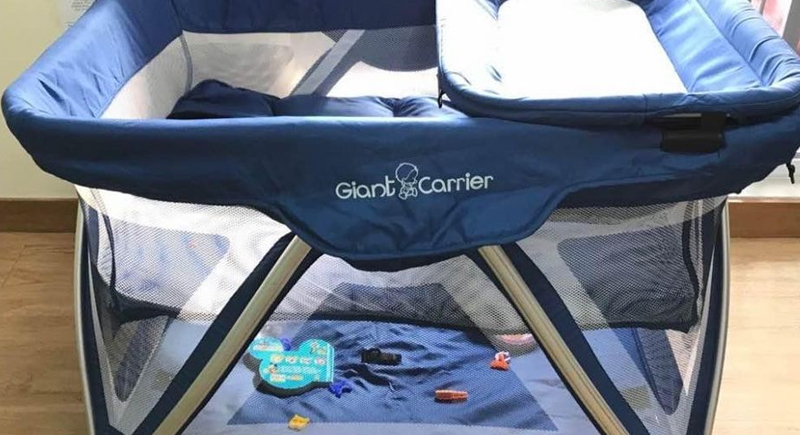
Credit: Facebook
Playpens were intended to create a safe play space for babies, but some designs in the 1960s featured high walls that restricted a baby's view and interaction with their surroundings. These "enclosed" playpens could hinder a baby's social development and exploration. Today's playpens balance safety and openness with breathable mesh sides that allow for supervision and interaction while keeping babies in a safe space.
Diaper Douches
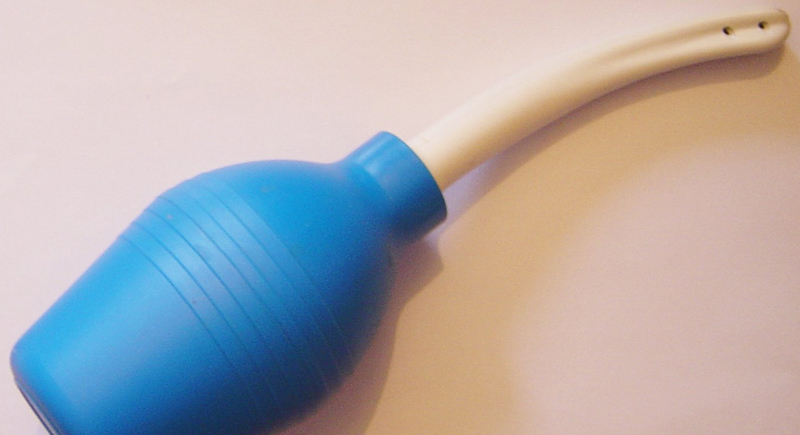
Credit: Wikimedia Commons
Imagine using a handheld device to spray water to clean a baby's bottom! Diaper douches were a common practice in the 1960s. However, these devices were challenging to sanitize properly and could quickly spread bacteria. Thankfully, the invention of disposable diapers and wipes revolutionized diaper changes, offering a more hygienic and convenient solution for parents.
Baby Food in Glass Jars
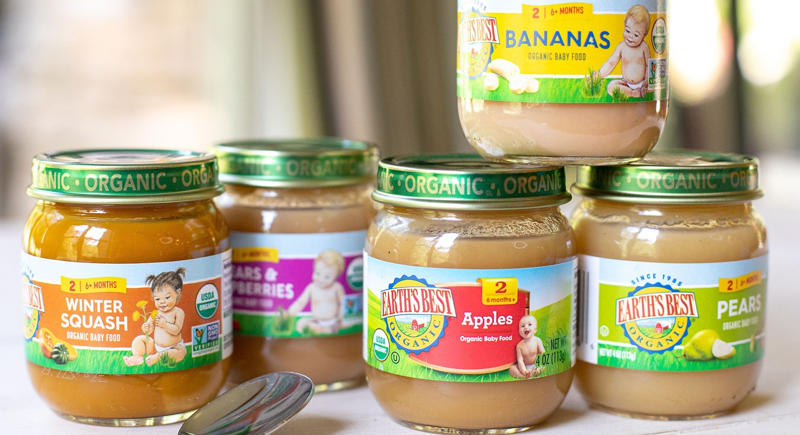
Credit: Facebook
While glass jars are making a comeback in some eco-conscious circles today, they were the standard for baby food in the 1960s. However, if dropped, glass jars pose a significant risk of shattering and causing cuts. The transition to plastic and pouch packaging for baby food offered a safer and more portable option for parents on the go.
Pacifiers Attached to Long Strings or Ribbons
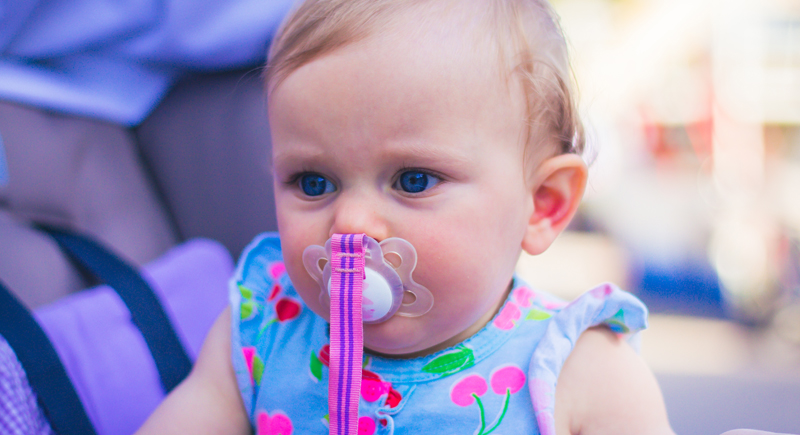
Credit: iStockphoto
Pacifiers are a lifesaver for many parents, soothing fussy babies and aiding sleep. However, some pacifiers in the 1960s came attached to long strings or ribbons. These seemingly harmless additions posed a serious strangulation hazard if the string or ribbon became wrapped around a baby's neck. Modern pacifiers are designed without these dangerous attachments, prioritizing safety for little ones.
Baby Balancers
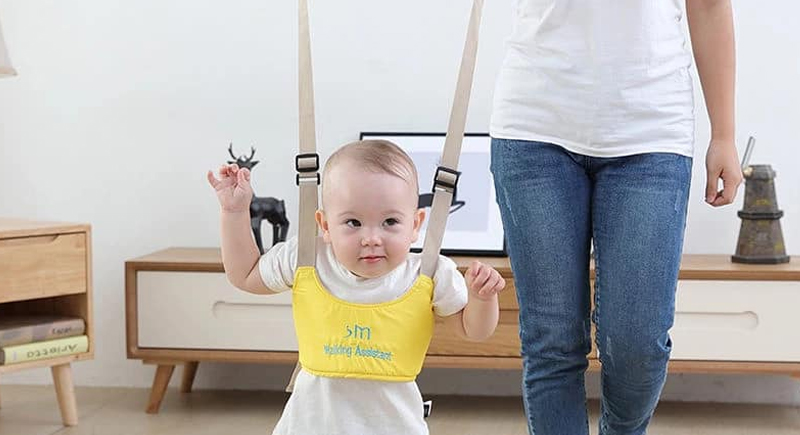
Credit: Facebook
These contraptions resembled a swing with a harness, suspending babies in a bouncing motion. While marketed as a fun and stimulating activity, baby balancers could restrict a baby's natural movement patterns and potentially strain their developing muscles. Modern pediatricians emphasize the importance of floor time for unrestricted movement and exploration, allowing babies to develop their muscles and coordination naturally.
Limited Baby Food Variety
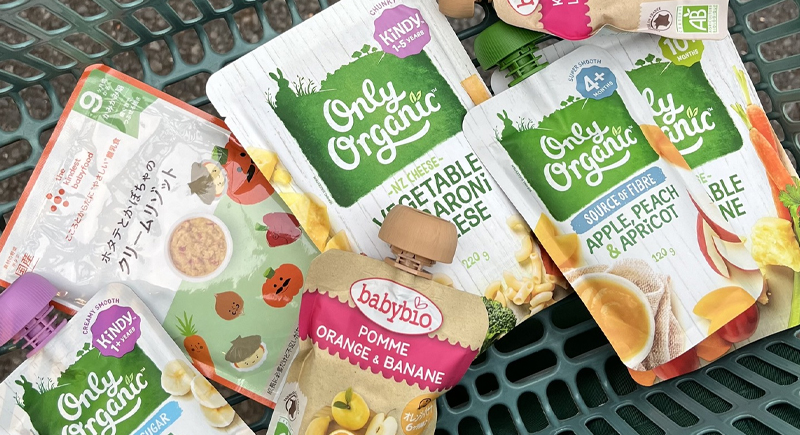
Credit: Facebook
While baby food options today boast diverse flavors and textures, the 1960s offered a much more limited selection. Many commercially prepared baby foods were bland and lacked the variety needed to introduce babies to different tastes and textures. This could lead to picky eating habits later on. Today's baby food options cater to a wider range of palates, exposing babies to a variety of flavors and nutrients from a young age.
High Chairs with Metal Trays
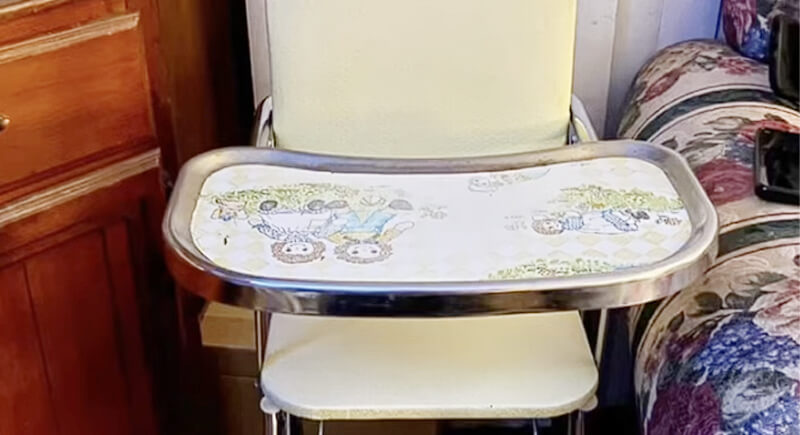
Credit: Youtube
High chairs with metal trays were a staple of many 1960s kitchens. They were popular because they offered a sturdy, easy-to-clean surface for messy meals. However, these trays could become dangerously cold or scalding hot, depending on the room temperature or what was spilled on them. Some even had sharp edges, posing a risk to tiny hands. Today, high chairs are designed with padded plastic trays and rounded edges to prioritize safety and comfort, so mealtime mishaps don't turn into actual hazards.
Baby Food in Tin Cans
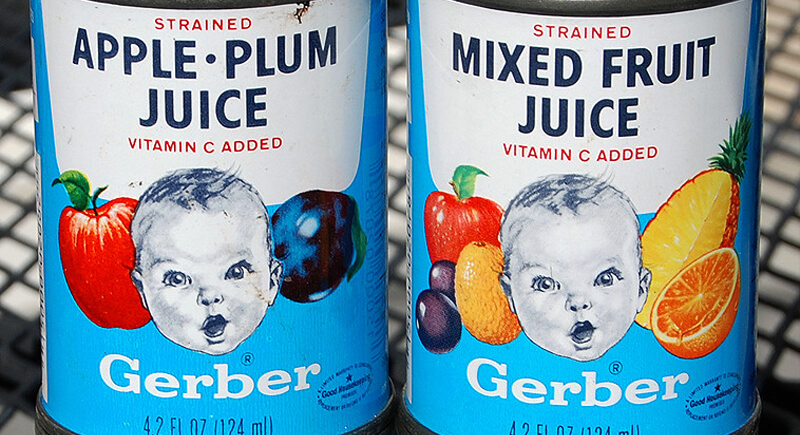
Credit: flickr
In the 1960s, baby food in tin cans was a convenient option for parents as it meant food could have longer shelf lives and be easily stored. However, these cans often contained lead solder, posing a serious risk of lead exposure. Additionally, the metallic taste and risk of contamination made them far from ideal for developing palates. Today, baby food comes in BPA-free plastic tubs or glass jars, ensuring safer, fresher meals that meet modern health standards and protect infants from harmful toxins.

